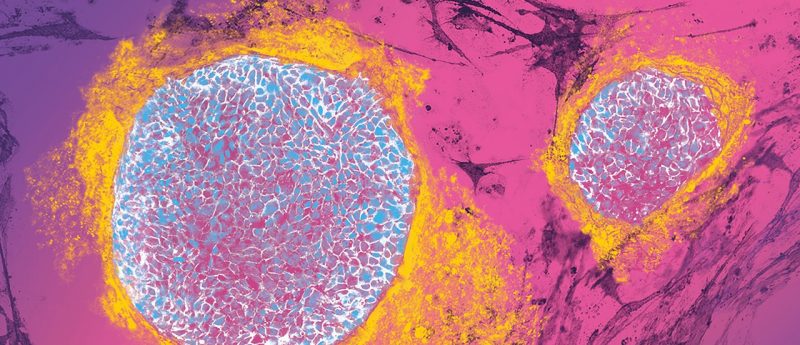Lost in translation? Why XF, ACF, and CD matter

Abbreviations such as XF, ACF, and CD are commonly used to describe cell culture media. However, different suppliers use them with different meaning. Understanding your supplier’s language is key when choosing a cell culture media for cell manufacturing.
Stem cells and their derivatives have unique requirements with respect to the optimal growth and differentiation environment. When it comes to cell manufacturing, this demands the use of specialized cell culture media and supplements to meet their cell type—specific needs and ensure functionality and performance of the final cellular product. At the same time, all cell culture reagents must comply with regulatory guidelines. In order to maintain the balance, it is essential to understand the quality grade of your media. Here’s a guide to some of the most commonly used abbreviations:
Serum-free (SF)
Serum is known to provide an extremely rich culture environment. However, its composition is very ill-defined and differs between lots. Serum is therefore a common source for variability. Serum-free media eliminate the need for full serum, such as human AB serum or fetal bovine serum (FBS). They may still contain individual serum components, such as albumins or immunoglobulins. However, the use of purified fractions reduces the risk for lot-to-lot variability.
Xeno-free (XF)
Xeno-free (from the Greek word xenos) indicates a formulation in which all components are derived from the same species. For instance, a xeno-free medium for human cells is expected to contain only proteins of human origin or higher recombinant quality grade.
Animal component—free (ACF)
As the name implies, animal component—free formulations do not contain ingredients of animal origin. As most manufacturers differentiate between human and animal components, ACF formulations may contain human components and are therefore equivalent to a xeno-free formulation for human cells.
Chemically defined (CD)
In a rigorous definition, chemically defined means that a formulation contains only chemically pure substances. If proteins are included, they need to be of recombinant origin, expressed in a well-characterized expression system, and purified to a degree that eliminates potentially co-migrating contaminants.
Some suppliers include human or bovine albumin fractions into their definition of defined substances. However, as biological carrier molecules albumins are naturally loaded with a number of different substances and these substances may vary between donors. Albumins are therefore a known source of variability, especially if batch variations and donor variability are not controlled for. In the context of cell therapy applications, albumins still have their place: If variability can be excluded with appropriate assays, they can increase the robustness and performance of a media formulation.
Read on:
Xeno-free media for HSCs, MSCs, and PSCs
GMP-grade media for stem cell cultivation